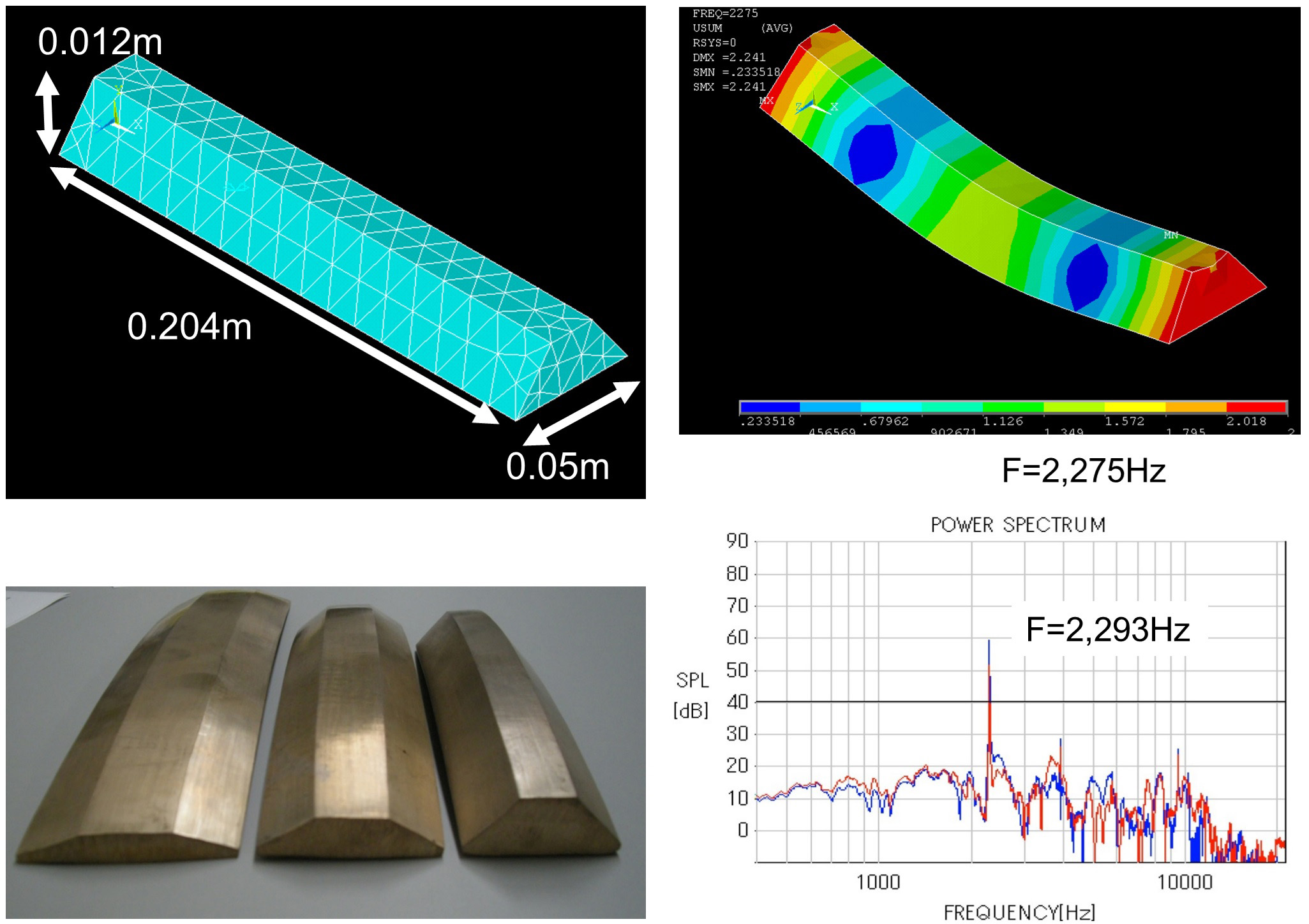References
・Three Dimensional Eigenvalues Analysis by Finite Element Method of Keyboad for Gamelan, Harasawa, Shiokawa and Toyotani, Reports of the 2017 Autumn Meeting the Acoustical Society of Japan, 1-9-1, 2017
・Three Dimensional Acoustic Analysis of End Reflection Loss of Duct by Pulse Sound Source, Yahagi, Shiokawa and Toyotani, Reports of the 2016 Autumn Meeting the Acoustical Society of Japan, 2-10-4, 2016
・Particle-based Simulations of Flows with Free Surfaces Using Hyperbolic-typeWeighting Functions,K. Kakuda, Y. Hayashi and J. Toyotani, CMES: Computer Modeling in Engineering & Sciences , 103/ 4, pp.215-227, 2014
・Dam-breaking Flow Simulations by Particle-based Scheme Using Logarithmic Weighting Function , K. Kakuda, K. Tochikubo and J. Toyotani, Computer Modeling in Engineering & Sciences, 95/ 5, pp.351-367, 2013
・Particle-based Fluid Flow Simulations on GPGPU Using CUDA, Kazuhiko Kakuda, Tsuhoki Nagashima, Yuki Hayashi, Shunsuke Obara, Jun Toyotani, Nobuya Katsurada, Shunji Higuchi and Shohei Matsuda, Computer Modeling in Engineering & Sciences, 83/ 1, pp.57-72, 2012
・Fluid Flow Simulation Using Particle Method and Its Physics-based Computer Graphics, Kazuhiko Kakuda/Shunsuke Obara/Jun Toyotani/Mitsuhiko Meguro/Masakazu Furuichi, Computer Modeling in Engineering & Sciences, 88/ 1, pp.17-28, 2012
・Flow Simulations in a Liquid Ring Pump Using a Particle Method, K.Kakuda,Y.Ushiyama,S.Obara,J.Toyotani,S.Matsuda,H.Tanaka,K.Katagiri, Computer Modeling in Engineering & Sciences 66/3, pp.215-226, 2010 etc.

